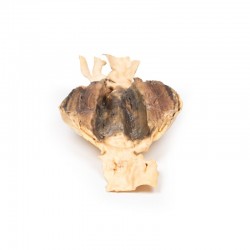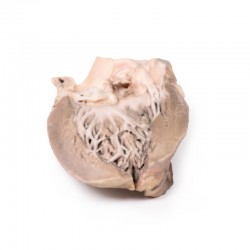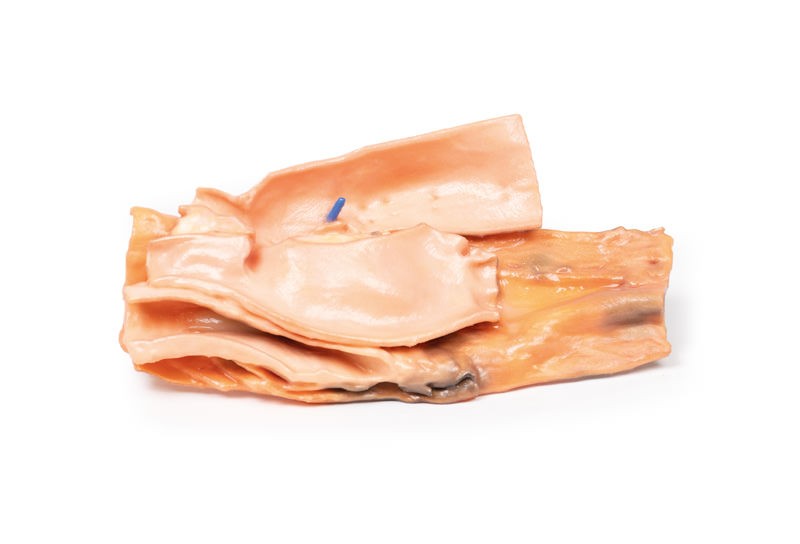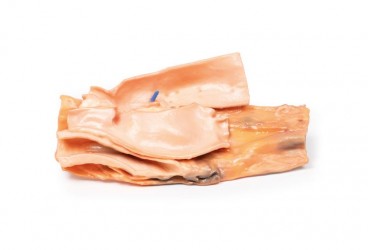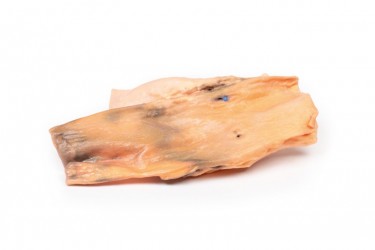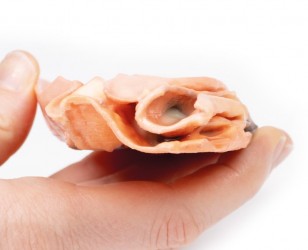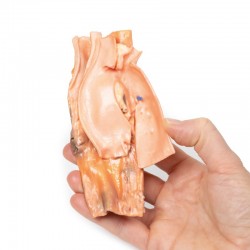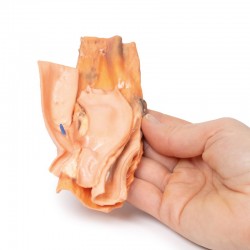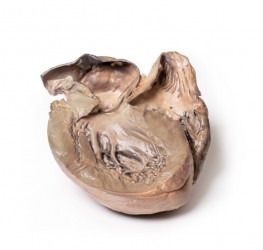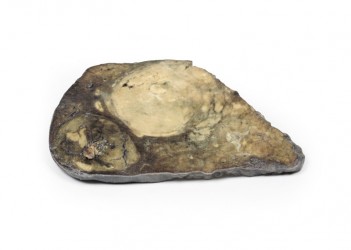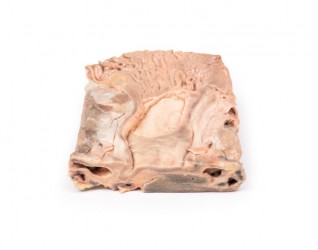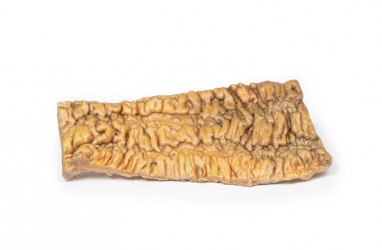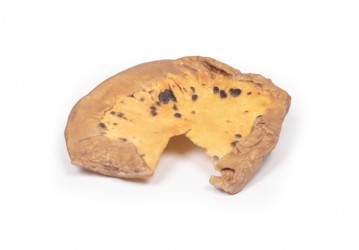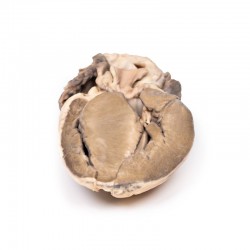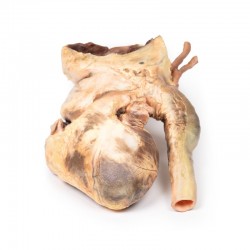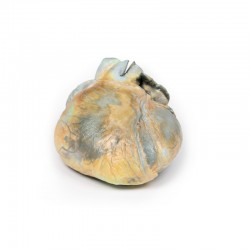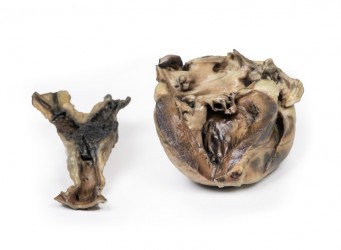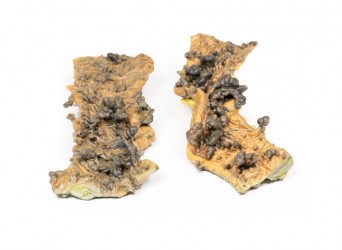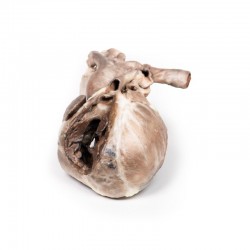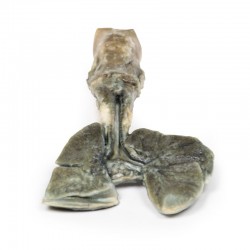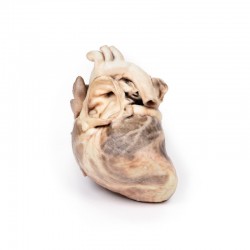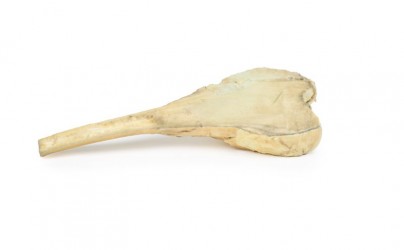Home / 3D anatomy models / 3D anatomical models of pathologies and diseases / Traumatic Oesophageal-aortic fistula
Traumatic Oesophageal-aortic fistula
Traumatic Oesophageal-aortic fistula
 Download a PDF file Add to quotation - wish list
Download a PDF file Add to quotation - wish listProduct description: Traumatic Oesophageal-aortic fistula

Clinical History
A woman who swallowed a chop bone during lunch collapsed later in the afternoon and suffered a massive haematemesis. At laparotomy, the stomach was filled with fresh blood but the cause was not identified. She died one day later and necropsy revealed a communication between aorta and oesophagus. The stomach was distended with blood and contained a few fragments of bone.
Pathology
The specimen is a block dissection of distal trachea (posterolateral on right margin), aortic arch (opened in coronal plane and viewed from anterior aspect) and oesophagus (posteriorly and opened longitudinally). The oesophageal mucosa is ulcerated and haemorrhagic. A small blue probe identifies a fistula between the oesophagus and posterior wall of the thoracic descending aorta.
Note
While this scenario was a traumatic cause of oesophageal-aortic fistula, it should be noted that there are non-traumatic causes of the same. In fact, these fistulae can be caused by compression of the aorta from an aneurysm, advanced gastrointestinal malignancies or erosion of an aortic graft into adjacent gastrointestinal tract and can occur anywhere along the length of the aorta.
Aorto-enteric fistulas are life-threatening. The most common presentation is gastrointestinal bleeding and can present as either minor bleeding or a large life-threatening bleed that results in haemodynamic compromise. Patients can present with melaena (dark sticky faeces containing partly digested blood) or frank bleeding in stools. In smaller fistulas with slow, minor bleeds, patients can present with malaise or ischaemia of lower limbs due to less blood flow from the aortic bleed. Other presentations include haematemesis as occurred in this case.
Diagnoses of these fistulas can be difficult, depending on the cause, size and location of the fistula. In a stable patient, endoscopic exploration or CT angiography may be first line options for diagnosis. However, diagnosis in hemodynamically unstable patients is more time critical and may require laparotomy as well stabilisation with blood transfusions.





